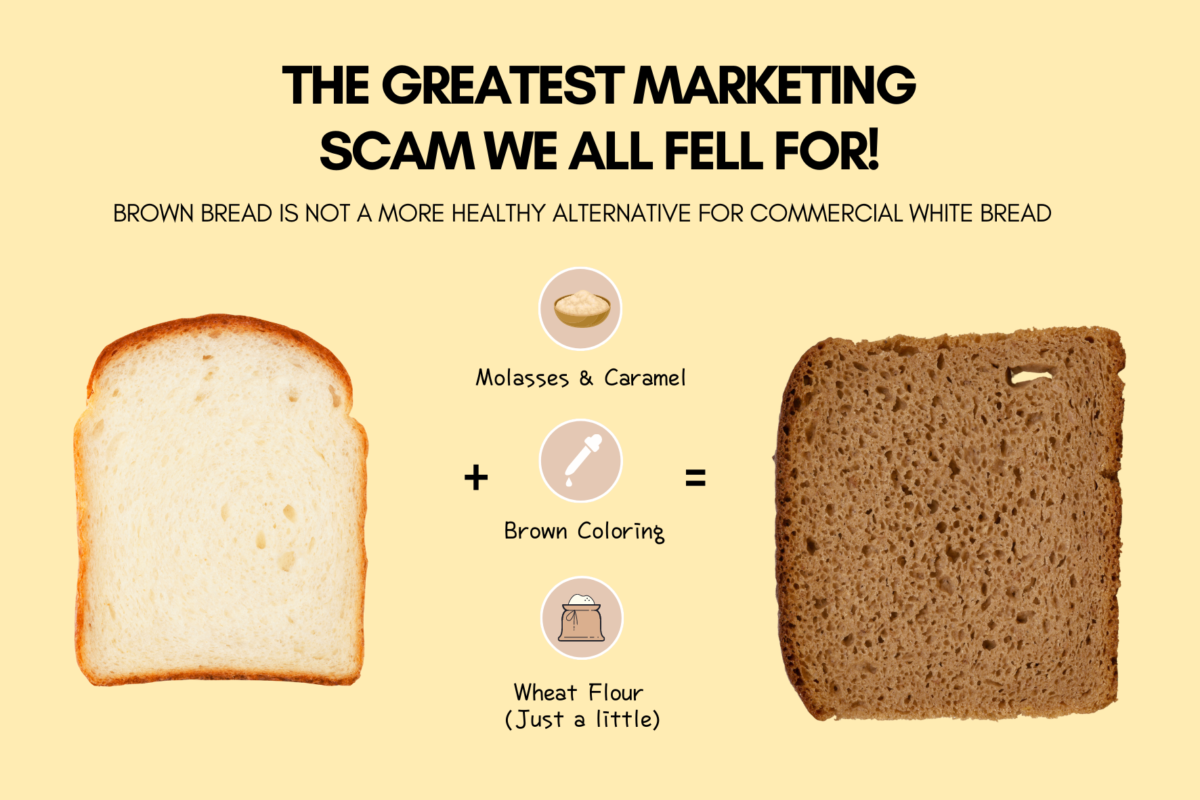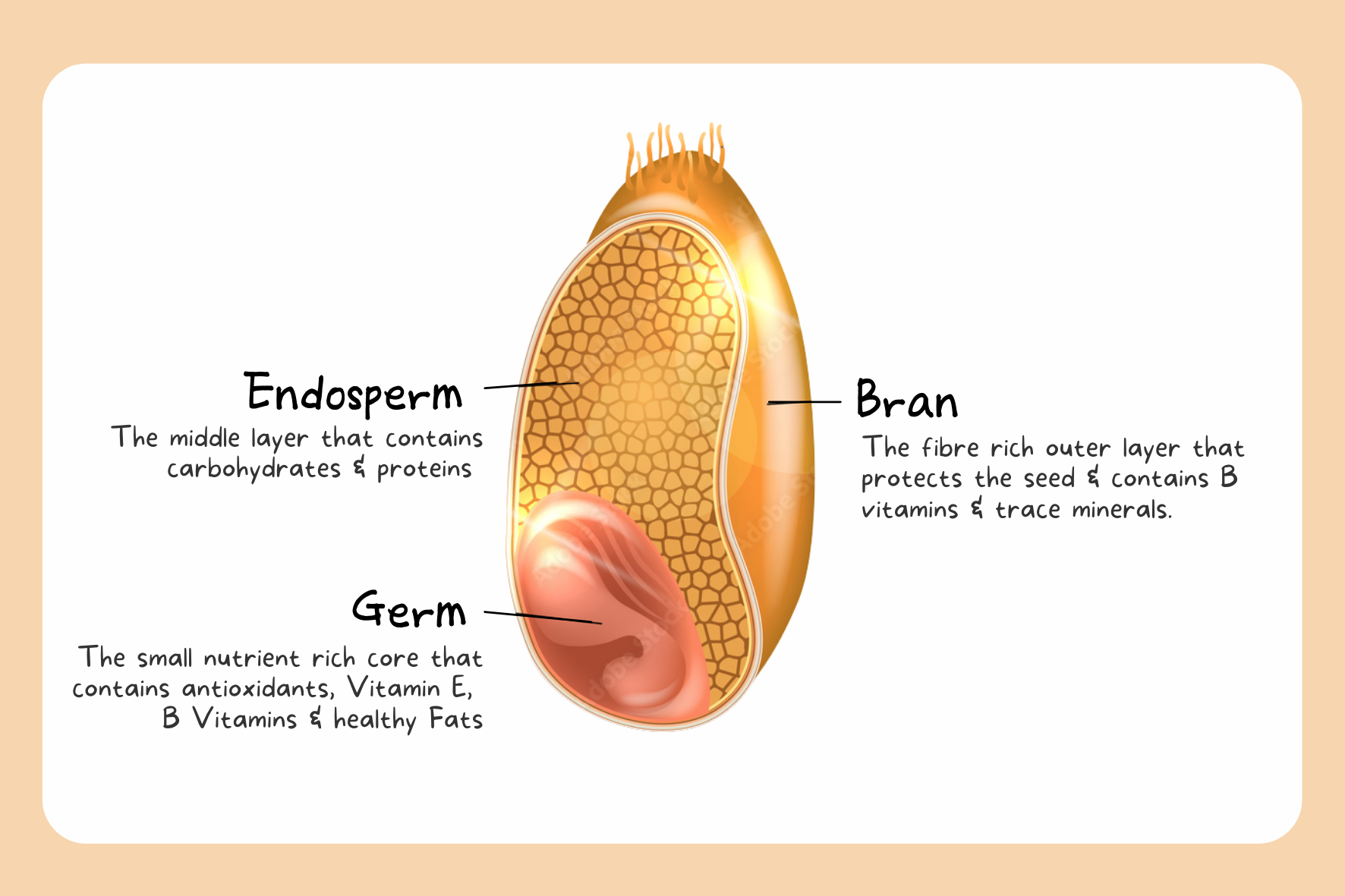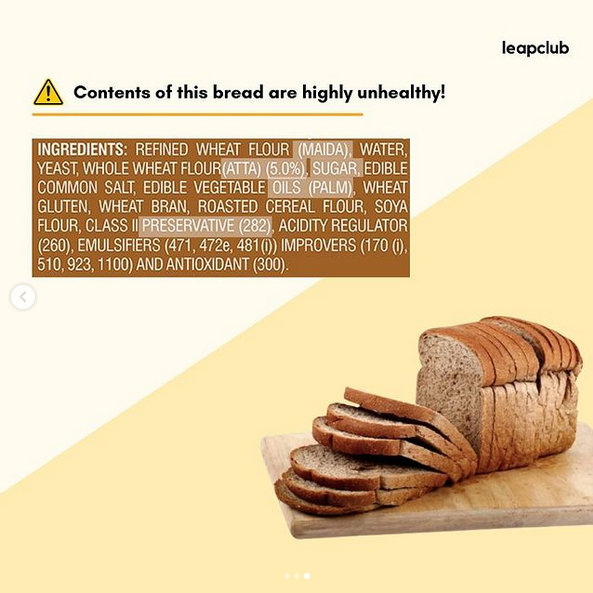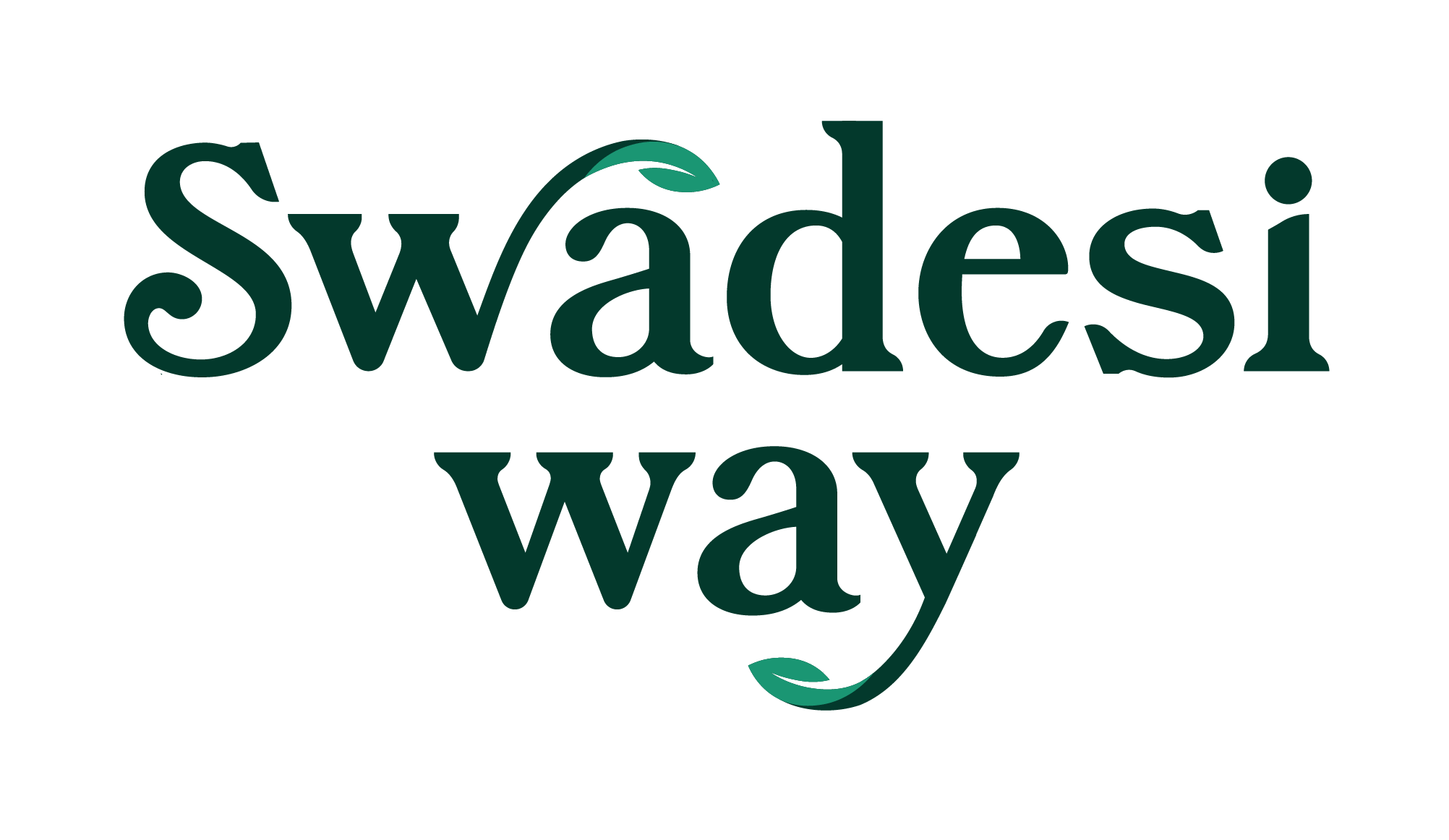- What is Refined Flour?
- Nutritional Difference
- SCAMS
- SCAM 1- Brown Bread is NOT healthy as compared to White bread
- SCAM 2 – “Multi-grain” is actually NOT multigrain
- SCAM 3- “Whole-Grain”
- How to save ourselves from the SCAM?
- Additional Check while buying Bread
- Concluding Note

Here’s how bread companies are scamming you by selling unhealthy bread!
What if we say that bread companies are scamming you by selling Brown Bread as a more healthy option than white bread? What if this is not the only scam these companies are pulling to fill their pockets? Feels like we have been betrayed right? Continue reading this blog to save yourself from these scams.
Marketing techniques in this era have proved that provided the right marketing techniques are used, we can even sell a $10,000 headphone to a deaf person. The same is happening in the bread universe. But to understand the whole scam we have to understand one term first, viz. Refined wheat flour. Once we are familiar with this term, we will see exactly how we are being scammed.
What is Refined Flour?
For the Indian audience, Refined Flour is a vilayti name for maida.
To understand it better, let us take a look at the structure of wheat grain. Wheat grain has three layers, viz. Bran, Endosperm, and Germ. Bran is basically the outer covering of the grain rich in minerals, fibers, phytochemicals, and vitamins. Germ or the short form for germinates is the embryo of the seed rich in healthy fats, protein, vitamin B and E. The middle part is the endosperm of the grain made up of starch and carbohydrates.

Whole wheat grain as a whole is very nutritious to the body and is easily digestible due to the high fiber content in the bran (outer-covering) part of the grain. But during refining, only the endosperm part of the grain is kept in the flour which is then labeled as “refined flour.” This is the reason that wheat flour is rough and coarse to touch while maida or refined flour is very smooth and fine.
Nutritional Difference:
Wheat Flour is one of the healthiest options in flour as it is rich in fiber, carbohydrates, proteins, vitamins, minerals, antioxidants. Contrary to wheat flour, Maida is super-refined wheat flour that has been stripped of its nutrients, anti-oxidants, fibers, proteins, and what is left is just simple carbohydrates. Therefore, it is also difficult to digest due to the lack of fibers in it. The list of problems associated with maida/refined flour is:
- Weight gain
- Rise in blood sugar level
- Indigestion
- Cardiovascular Problems
SCAMS
SCAM 1- Brown Bread is NOT healthy as compared to White bread
Brown Bread is basically your simple white bread with color.
Really?
Unfortunately, Yes!

If we see the ingredient list of a famous brand that sells brown bread, we will see that refined wheat flour or maida is still used in the bread. We have already established the negative effects of refined flour on health in the previous section. Moreover, if you focus more, you will find permitted natural food color (150a) in the list. This is basically the name of the caramel color that is used to color white bread to make it brown. Also, Class II preservative (282) is also the same as the white bread that is used to increase the shelf-life of the bread and prevent mold formation.
In short, there is NO significant difference between white and brown bread apart from their color.
SCAM 2 – “Multi-grain” is actually NOT multigrain
Well, literally, Yes! Multigrain bread contains multiple grains.
Then what’s the problem? a genuine question.
The problem is that seeing “multi-grains” on the bread packet you will automatically think that multi-grains means more types of grains which means the bread is healthy than regular bread. But that’s not the case.
All it means is that the bread is made with multiple grains. But it does not specify if the grains are refined or not. If the grains are refined then multi-grain bread is almost as bad as simple bread. Moreover, the quantity of the grains is also not specified. It simply means that bread companies can include just 2-3% of a secondary grain to name the product a multi-grain bread. Quite a scam, isn’t it?
SCAM 3- “Whole-Grain” is NOT just whole grain bread
Unfortunately, it’s true.
Whole-grain bread simply means that the whole-wheat grains are used to make the bread.
Then what’s the problem? You may ask.
Yes, we have already established that whole-wheat flour is better than refined flour. Then, whole-grain bread should be good. Everything seems to be fine. But the problem is that companies have found a loophole. They do use “whole-grain” to make the bread but the proportion of the whole-grain to the refined flour is very less. In simpler terms, whole grains are just used to name the product whole grain and attract customers while the main ingredient of the bread is still refined flour.
How to save ourselves from the SCAM?
We know it hurts when reputed and trusted brands fool their customers. There are some ways to avoid the scam but in the end, it all boils down to you being attentive while buying the bread.
- Don’t buy multigrain bread with just multigrain written on it. Try to find bread with “whole wheat multigrain” or “whole multi-grain” written on it.
- Don’t fall for the “whole grain” trap. Look out for “100% Whole-wheat grain” or “100% Whole grain.”
Additional Check while buying Bread:
- Look for the ingredients of the bread. If any of the ingredients is “refined-flour” or maida then drop the bread.
Concluding Note:
Scams are everywhere. Even your most trusted national and international brands are doing some shady things here and there. Therefore, it’s high time that you start taking responsibility for what you eat and not fall for some silly marketing gimmicks.
If you need any help in selecting the best bread for you, you can ping us on WhatsApp and we will recommend you some of the best natural bread. In case, you don’t want to interact with a customer service executive (we understand the introvert in you), you can directly use this form to assist you in finding a perfect bread.
We hope you save yourself from these scams from now.
Happy Healthy Shopping!

